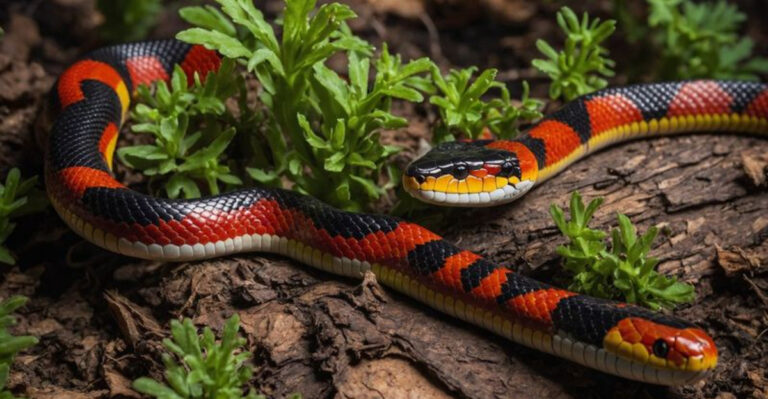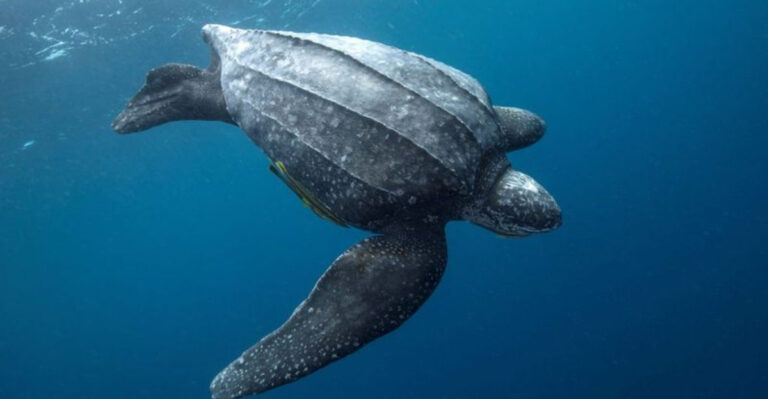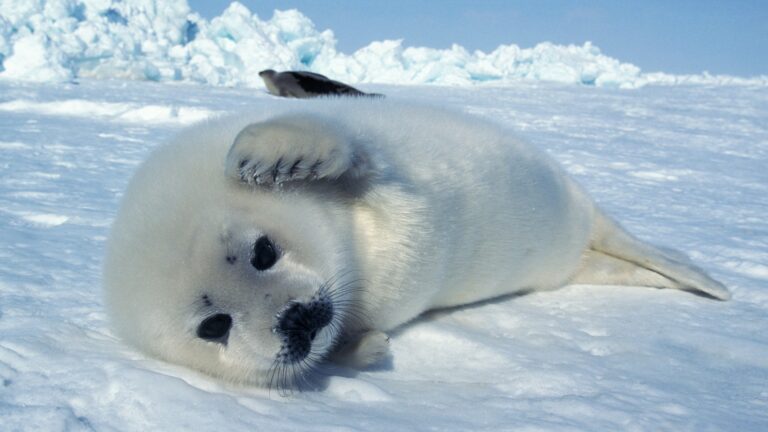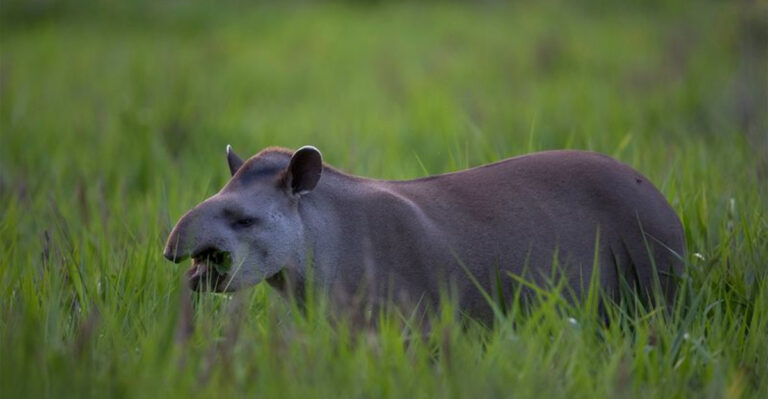10 Types Of Sharks That Went Extinct (And 4 Sharks Still Thriving Today)
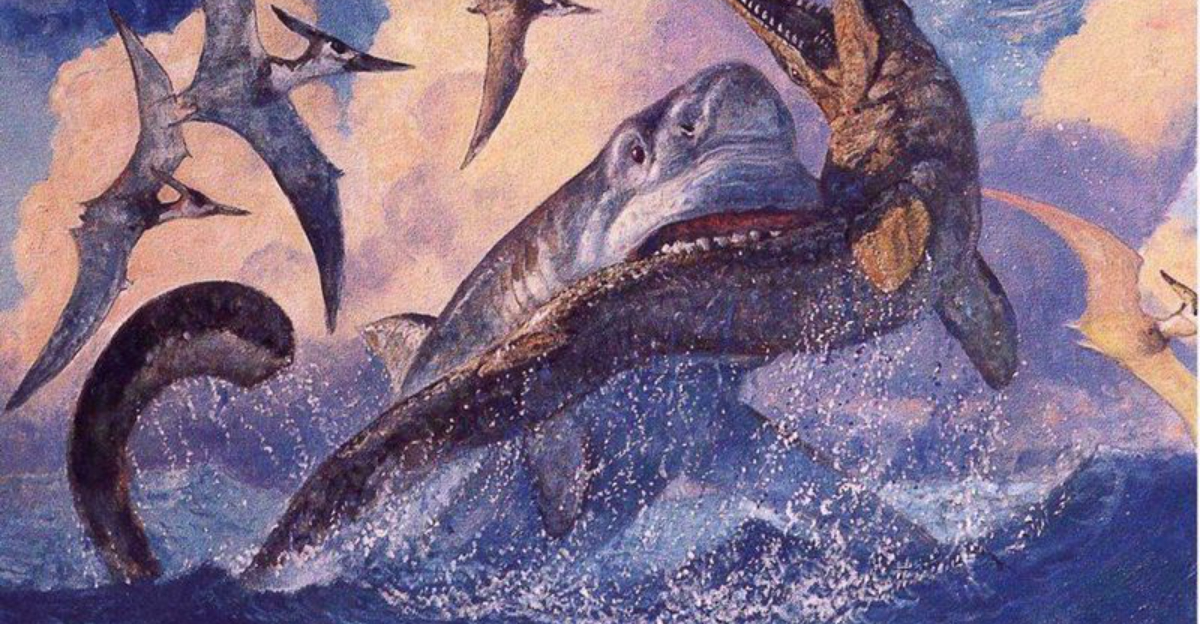
Sharks have roamed our oceans for over 450 million years, outlasting dinosaurs and countless other species. Yet, not all shark species survived the test of time.
While many ancient sharks vanished forever, others have adapted and continue to thrive in our modern oceans. Let’s explore some fascinating sharks that disappeared and meet a few remarkable survivors still patrolling our waters today.
1. Megalodon: The Ocean’s Ancient Mega-Predator
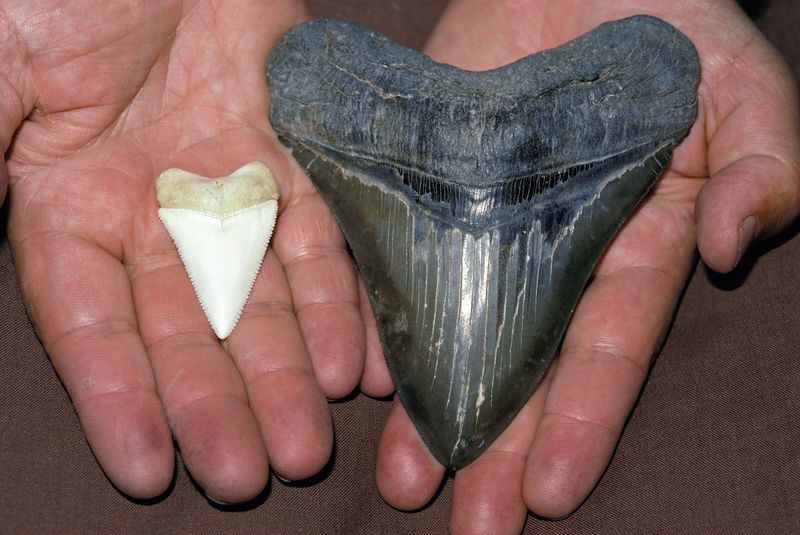
Imagine a shark the size of a school bus with teeth bigger than your hand! Megalodon ruled the prehistoric seas until about 3.6 million years ago.
Scientists believe this 60-foot monster could crush a whale’s skull with one chomp. Climate change and competition from other predators likely contributed to its downfall.
2. Helicoprion: The Bizarre Whorl-Toothed Shark
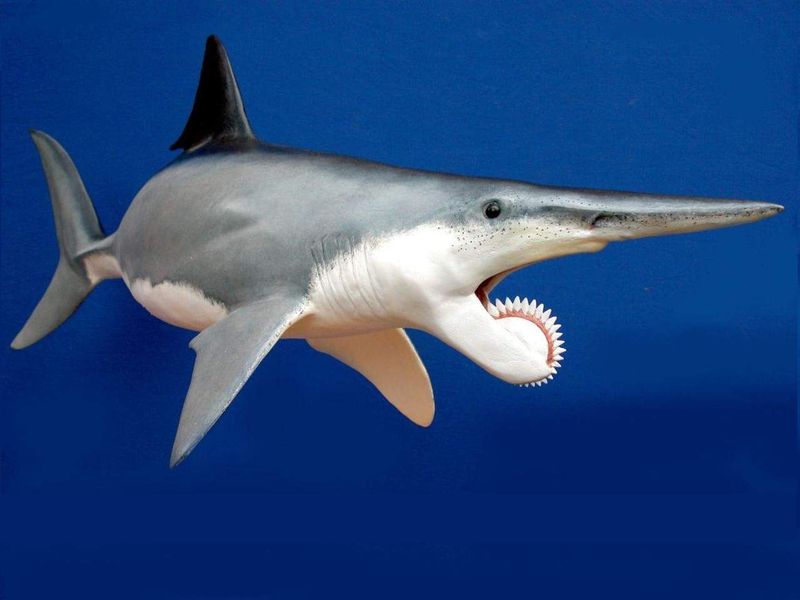
Ever seen a circular buzzsaw? That’s what Helicoprion’s teeth looked like! This weird shark from 290 million years ago had a spiral-shaped tooth whorl in its lower jaw.
For decades, scientists couldn’t figure out how these teeth worked. Recent research suggests the whorl spun like a conveyor belt to slice up soft-bodied prey.
3. Stethacanthus: The Shark With an Ironing Board Head
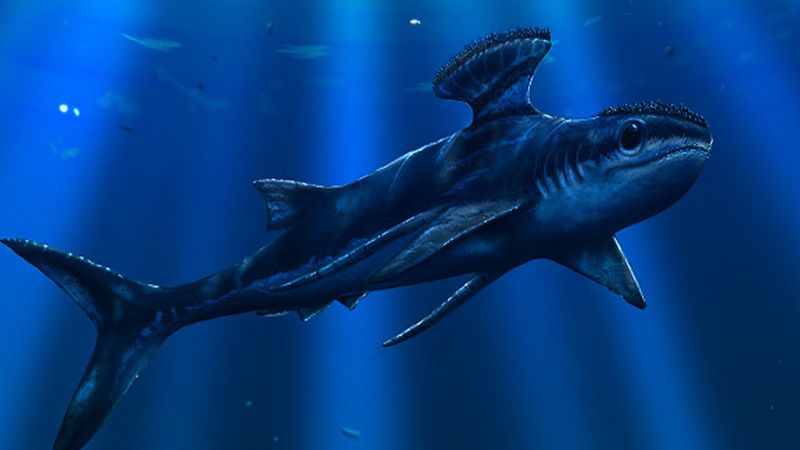
Male Stethacanthus sharks sported a flat, brush-like structure on top of their heads that resembled a tiny ironing board! This strange feature appeared about 375 million years ago.
Scientists think this bizarre head-brush might have attracted mates or scared competitors. At just 3-4 feet long, these odd little sharks vanished about 300 million years ago.
4. Edestus: The Scissor-Toothed Nightmare
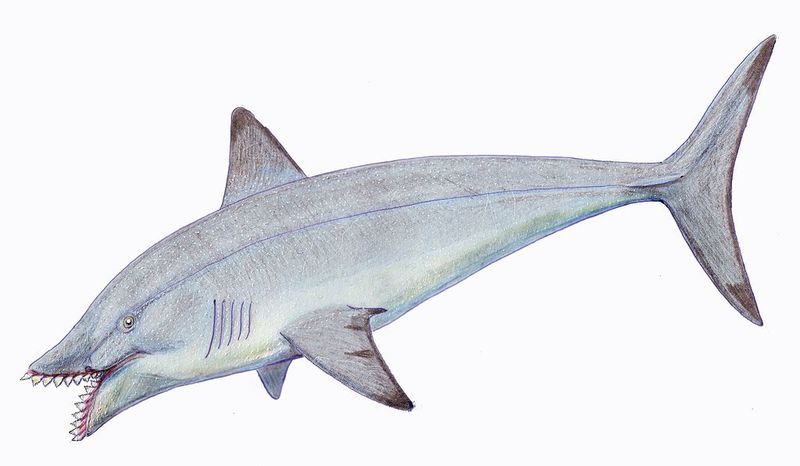
Nicknamed “scissor-tooth sharks,” Edestus had two curved rows of teeth that jutted out from their mouths like garden shears! These Carboniferous predators couldn’t fully close their mouths.
To eat, they likely slashed prey with powerful head movements. Their fossils show they grew up to 20 feet long before disappearing around 299 million years ago.
5. Cretoxyrhina: The Cretaceous Great White
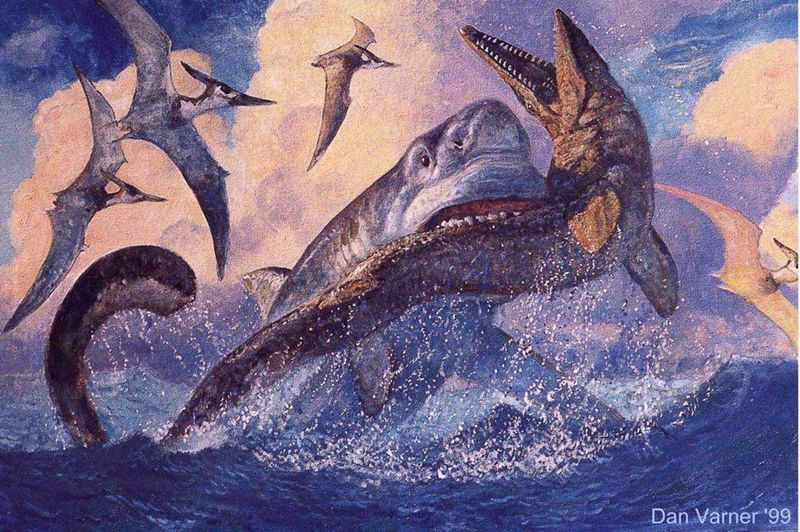
Nicknamed the “Ginsu shark” after the famous knives, Cretoxyrhina sliced through the seas when T. rex roamed the land! This 25-foot predator had razor-sharp, serrated teeth perfect for cutting.
Unlike most sharks, we’ve found nearly complete Cretoxyrhina fossils. They hunted mosasaurs and plesiosaurs before vanishing around 82 million years ago.
6. Orthacanthus: The Freshwater Monster
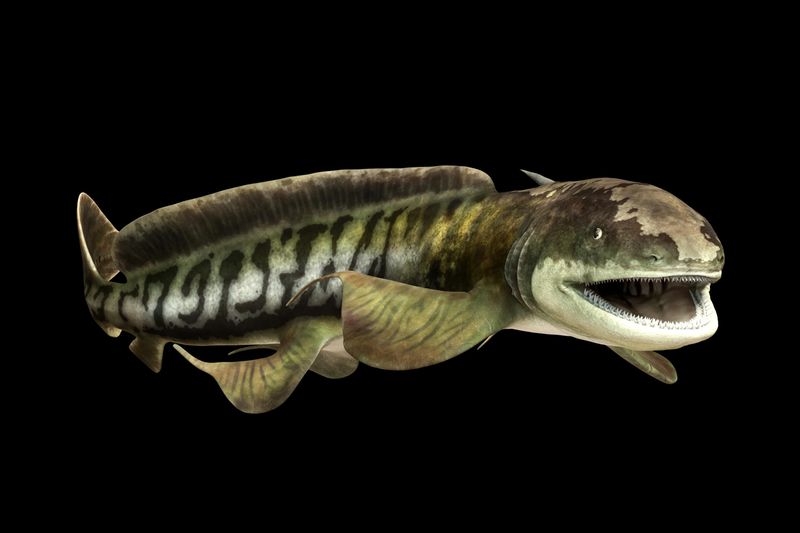
Unlike most sharks, Orthacanthus invaded rivers and swamps 260 million years ago! With a long body and strange spines jutting from its head, this 10-foot predator looked like something from a sci-fi movie.
Fossil evidence shows these sharks sometimes ate their own babies! They dominated freshwater environments for millions of years before dying out.
7. Falcatus: The Heart-Headed Mini Shark
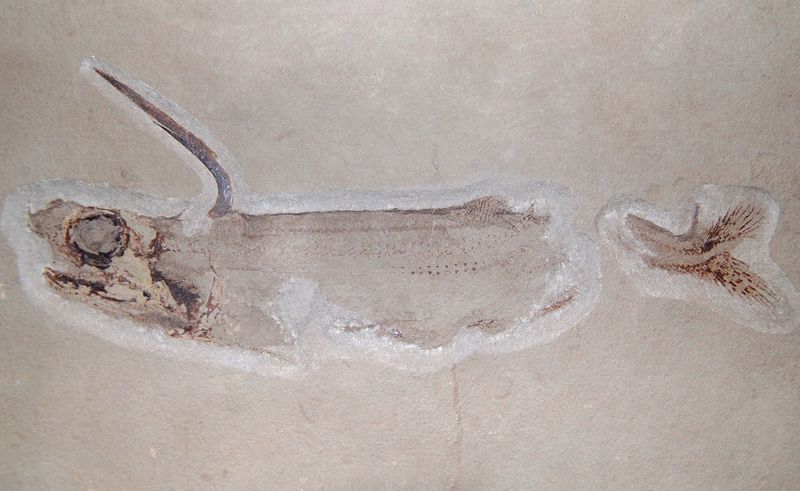
Male Falcatus sharks had a bizarre horn-shaped spine curving over their heads that looked like a tiny Valentine’s heart! These pint-sized predators only grew to about 10 inches long.
Fossil evidence shows males used their heart-shaped headgear to hook onto females during mating. These tiny sharks swam the oceans around 318 million years ago before disappearing.
8. Ptychodus: The Shell-Crushing Specialist
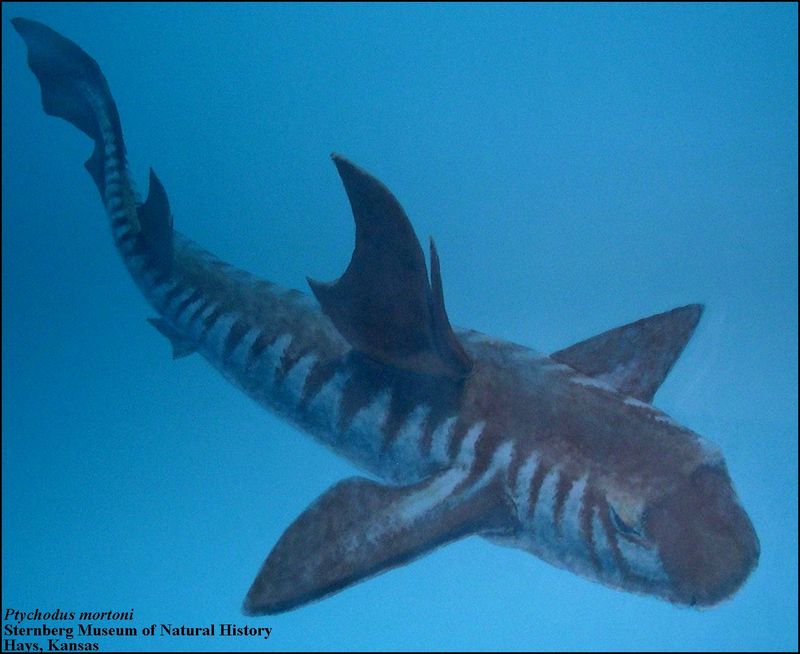
Imagine a shark with teeth like cobblestones! Ptychodus had flat, rounded teeth perfect for one job: crushing hard shells. These specialized hunters feasted on clams and oysters during the Cretaceous period.
Growing up to 33 feet long, they used their powerful jaws like nutcrackers. When their shelled prey became scarce around 85 million years ago, these specialist sharks disappeared too.
9. Xenacanthus: The Eel-Like Swamp Shark

With an eel-like body and a nasty spine behind its head, Xenacanthus looked nothing like today’s sharks! These freshwater oddities swam in ancient swamps and rivers 250 million years ago.
Their fossils show they had three-pronged teeth perfect for grabbing slippery prey. Climate change dried up their swampy homes, leading to their extinction.
10. Cladoselache: The First True Shark
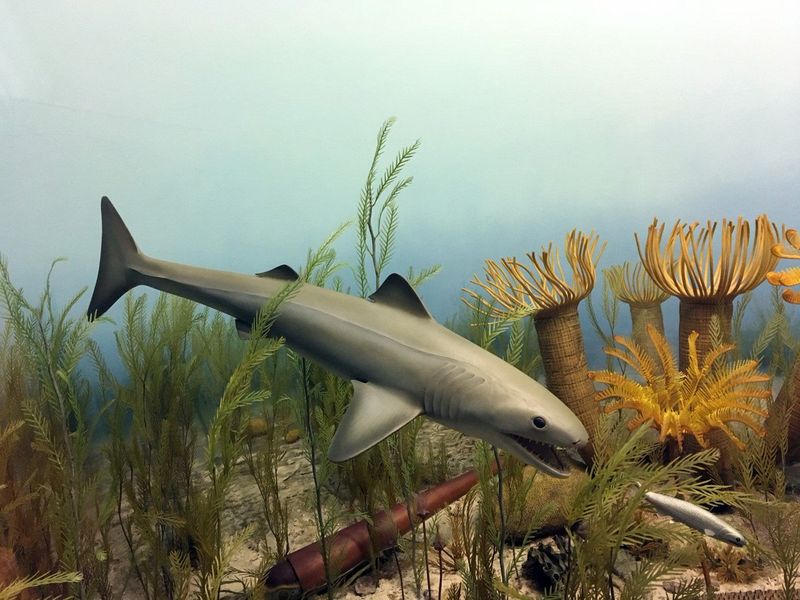
Meet the grandfather of all modern sharks! Cladoselache appeared 370 million years ago with a streamlined body and five gill slits – features we still see in sharks today.
Unlike modern sharks, they lacked scales and had strange jaw attachments. About 2-3 feet long, these pioneers vanished after 30 million years but left behind the blueprint for all sharks that followed.
11. Great White Shark: The Ocean’s Perfect Hunter
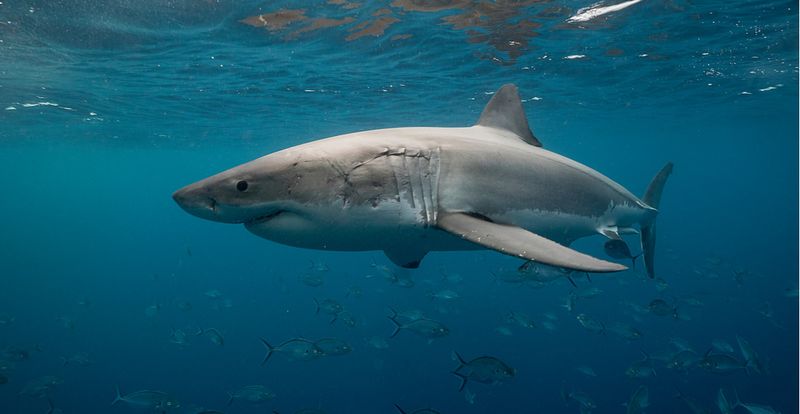
Featured in countless movies, great whites remain nature’s most efficient ocean predators! These torpedo-shaped hunters can detect a single drop of blood from three miles away.
Despite their fearsome reputation, they’re actually quite picky eaters. Sadly, these magnificent creatures face threats from overfishing and habitat loss, with population numbers declining in many regions.
12. Whale Shark: The Gentle Giant
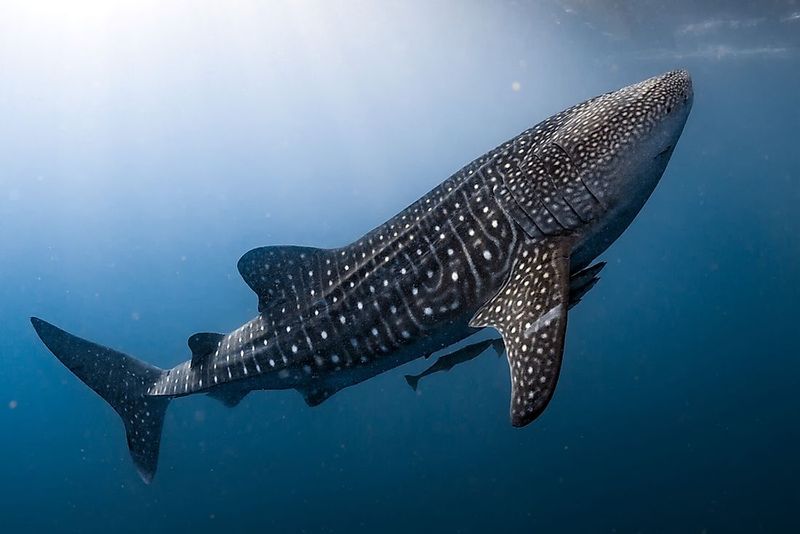
Despite being the biggest fish in the sea at 40 feet long, whale sharks only eat tiny plankton! These gentle giants have distinctive white spots on their blue-gray skin, creating a beautiful pattern like a starry night.
They swim with their enormous mouths open, filtering thousands of gallons of water hourly. Scientists can identify individuals by their unique spot patterns, just like human fingerprints.
13. Hammerhead Shark: The Wide-Eyed Wanderer
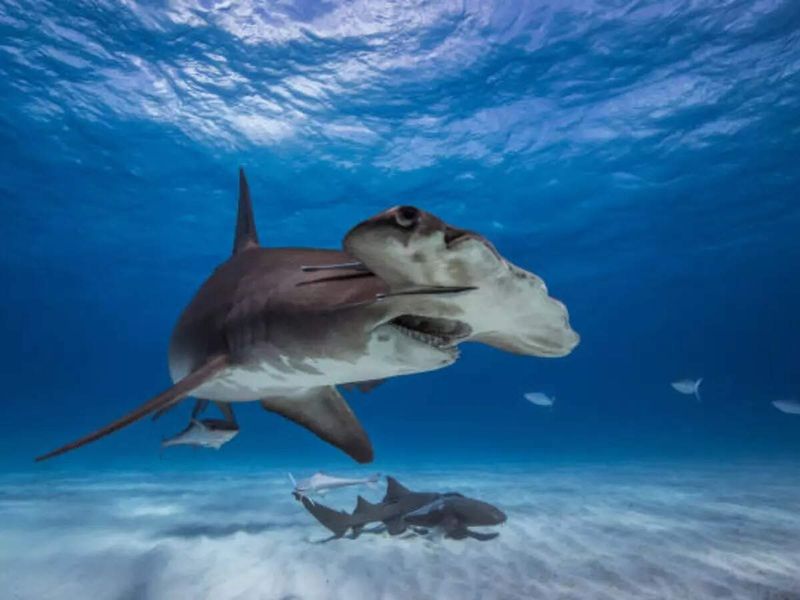
Hammerheads look like someone squished their heads with a cartoon mallet! Their unique T-shaped heads aren’t just for show – they give these sharks nearly 360-degree vision.
The strange head shape also spreads out their electrical sensors, helping them find stingrays buried in sand. Nine hammerhead species swim our oceans today, ranging from 3 to 20 feet long.
14. Goblin Shark: The Living Fossil
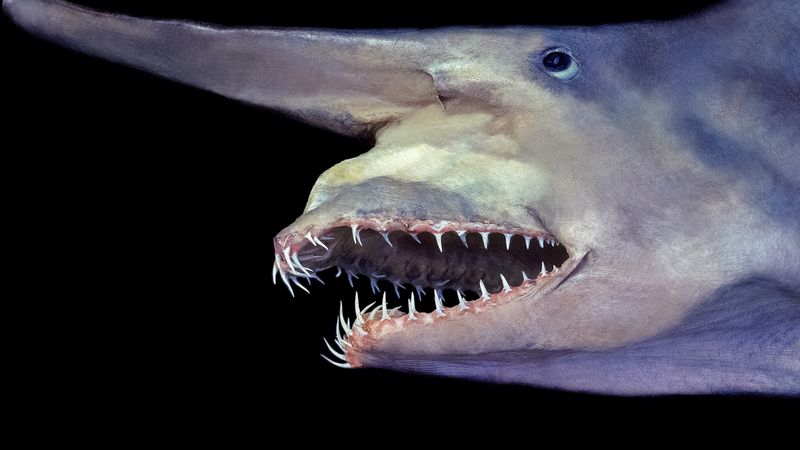
Looking like something from your nightmares, goblin sharks have been around for 125 million years! Their pink skin and long, blade-like snout make them appear alien.
The weirdest part? Their jaws shoot forward like an extendable arm to catch prey. Living in deep ocean trenches up to 4,000 feet down, these rare sharks remain mostly mysterious to scientists.


